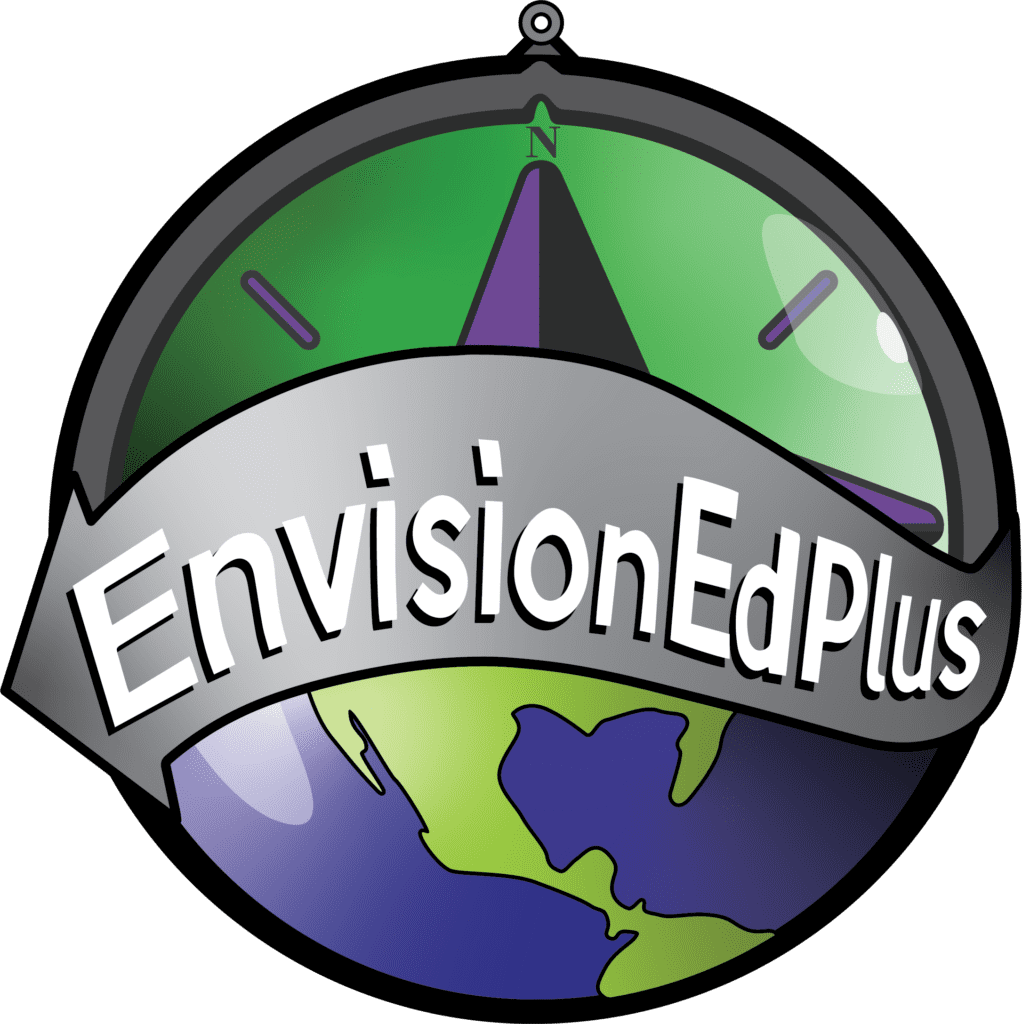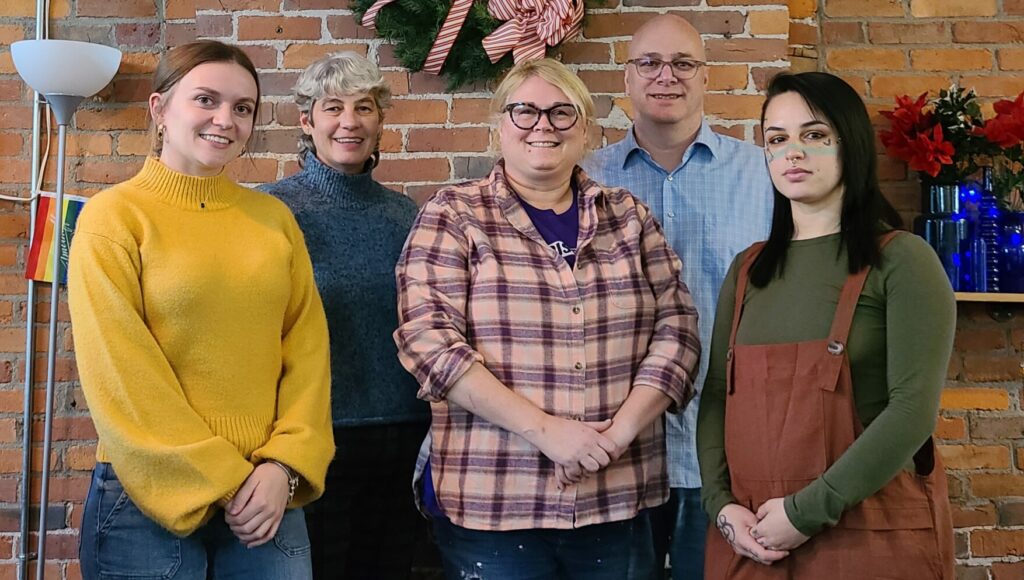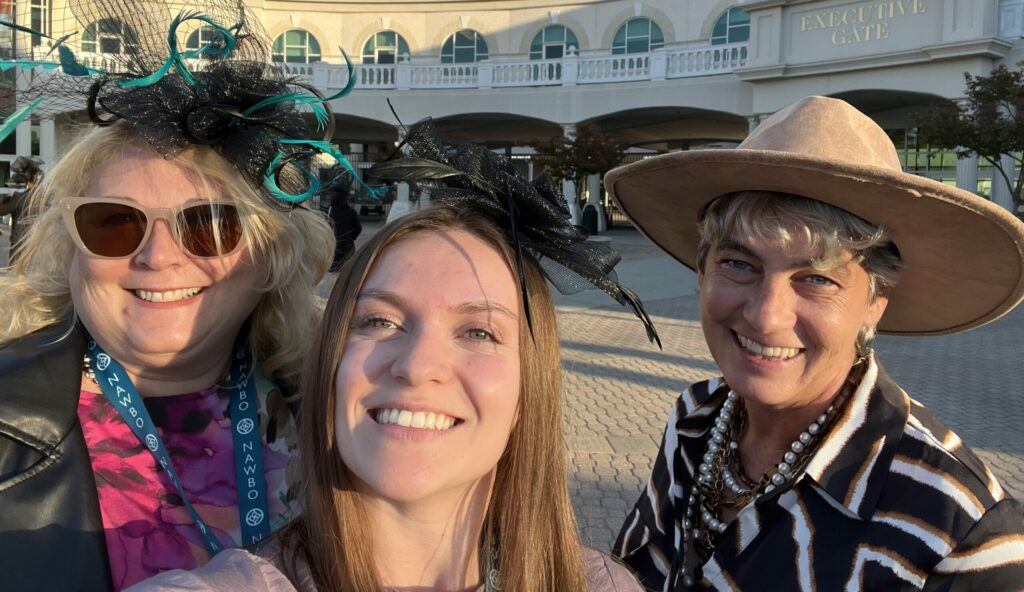Ohio’s new emphasis on earning industry credentials as a pathway to high school graduation reveals underrecognized gaps in access to programs that deliver workforce skills
EnvisionEdPlus has been working with district and school leaders to understand their biggest pain points in adapting to Ohio’s new graduation requirements as we have provided dozens of Operation Graduation Design Labs throughout the state over the past 18 months. Among the most consistent worries of educators is that industry credentials are an essential-but-elusive ingredient that many students will need to earn high school diplomas when the new requirements take full effect.
As we prepare for our next iteration of Design Labs – focused on DoAble Credentials – we have assembled some resources that are worth sharing with our friends and partners now. District leaders tell us they need help expanding access to programs that build transferrable skills and lead to industry credentials.
This is the first in a series of blog entries that will explore the realities of access to industry credentials, especially for disadvantaged youth, and resources to help educators move the needle in their schools.
Let’s Start with the WHY
We know Ohio has a skills gap due to issues like technology advancement, automation, an aging workforce and a shifting economy (Franklin University, 2020). When adding the anticipated long-term impacts of COVID-19 to this, Ohio’s high school students must be prepared to enter an uncharted workforce.
While Ohio has identified key in-demand jobs in fields like health, information technology, business, manufacturing and hospitality/tourism, there is no guarantee these jobs will still be in-demand in the post-COVID economy. Furthermore, “The impacts of the pandemic … are particularly prevalent among Black, Latino, Indigenous, and immigrant households and… reflect harsh, longstanding inequities, often stemming from structural racism†(Center on Budget, Policy Priorities, 2020), so historically disadvantaged youth need to be prepared to succeed in multiple fields in order to compete with their White, middle class peers.Â
Meanwhile, in Ohio, indicators of such readiness are sobering. Using the state’s Prepared for Success indicator, as reported on the Ohio Local Report Card for the Class of 2019, fewer than half of all graduates (42%) met the established benchmarks – which include achievements such as earning industry credentials. But, consistent with other academic performance metrics, the outcomes for disadvantaged and traditionally underrepresented subgroups demonstrate even greater needs:
- Hispanic – 25%
- Economically disadvantaged – 20%
- Black, non-Hispanic – 13%
- Students with Disabilities and Foster youth- 11%
- English Learners – 10%
- Migrant and homeless youth – 9%Â
This indicates that just increasing opportunities to earn industry credentials likely won’t be sufficient to ensure students are ready for what comes after high school, or that they’ll even earn a high school diploma. We’ll need to dig into engagement and student support strategies, as well as structural barriers hiding within policies, practices and high school schedules.
Understanding Equity and Social Justice
As a first step, staff (teachers and leaders) need to develop a deep understanding of equity in education (current and historical) and its long-term impact on young people, their own community and the global workforce. Here are some resources that can help:
- The Central Ohio Compact and the ESC of Central Ohio joined forces this year to offer a Diversity, Equity and Inclusion Series engaging educators, businesses and higher education to more deeply focus on increasing equitable outcomes for working adults, low-income and first-generation college students and students of color. Two webinars are currently available online. Â
- We are HUGE fans of the YWCA Columbus’s Diversity, Equity & Inclusion training and consulting services. Their mission is to educate individuals, small groups and organizations on how to recognize and combat racial injustice and they just announced a new Racial Equity 101 webinar. By January, 2021, the YWCA will be expanding their offerings and consultancy opportunities. Â
- Several Ohio districts are engaging leadership and staff via book studies such as Stamped: Racism, Antiracism, and You  by Jason Reynolds and Ibram X. Kendi and All American Boys by Jason Reynolds and Brendan Kiely.
Continuing the Discussion
If the above resources resonate with you, look for our next installments in this Industry Credential Challenge series. Also, consider registering a team from your school for our DoAble Credential Design Labs in January, February or March. Learn more at the link below.




